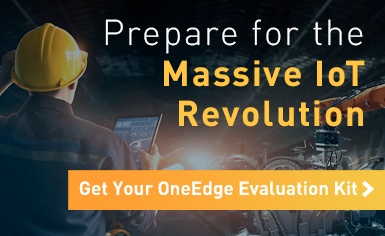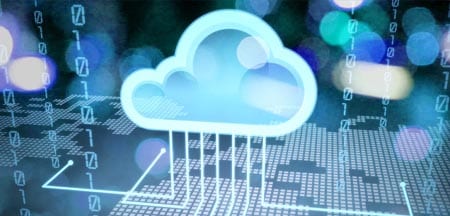Why Enterprise Integration Is Vital to IoT Deployments
By Bill Dykas
September 23, 2020
An enterprise’s data systems must be fully integrated to be successful. Secure, bidirectional communication should be able to flow, and edge devices — even legacy equipment — must part of that unified whole.

Accomplishing unification can be a complex process, especially at the edge, where devices and software might be older and more challenging to connect. Still, clearing that path for data to flow from edge devices to enterprise and third-party analytics systems is crucial for enabling big-data analytics.

The edge takes many forms, from factory floors to agricultural fields to smart city parking lots. Edge devices may include older legacy equipment incapable of supporting current, more intelligent protocols or not including newer IoT connections. Edge capabilities are critical for successful IoT deployments, as enterprises must maximize timely, accurate data collection to glean the most value.
Beyond edge processing, IoT providers must build a stable bridge from the edge to the rest of the enterprise’s data and computing systems. That link should include tools that provide insights on the entire deployment through capable device management, data delivery and connectivity management.
From there, the IoT data must join other data from many sources (e.g., CRM systems, inventory management and customer relations) as it flows via cloud connectors to enterprise systems such as AWS, Azure and SAP.
IoT is an essential link in the chain, but it’s just one tributary that needs to join the enterprise data lake with data from many other locations. When data flows freely from all required sources into the enterprise system, it powers accurate real-time analytics.
Telit has one of the ultimate data delivery platforms helping enterprises enable their analytics in the technology of their choosing through its hardware, software and infrastructure offerings. Telit OneEdge™, a comprehensive IoT management software and hardware solution, provides analytics applications, including dashboards and alert systems, in these areas:

Keeping devices updated and connected yields better quality IoT data, which can then flow into enterprise systems and cloud-based analytics software. From there, enterprises can make the most of their data, using big data analytics to glean insights that will drive improved decision-making and productivity.
Watch a replay of our webinar, “Leverage the IoT Edge with Big-Data Analytic Integration,” to learn more about insourcing data and transferring it to platforms such as Microsoft Azure and Amazon Web Services.